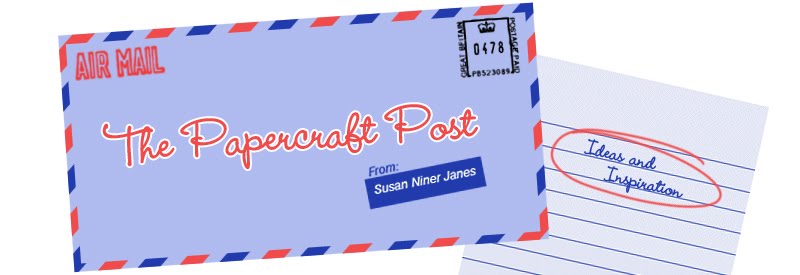Sharpie® Art Workshop
Techniques & Ideas
for Transforming your World
By Timothy Goodman
Rockport 2015
Paperback £14.99 UK/$22.99 US/$27.99 CAN
ISBN 978-1-63159-048-1
Star rating: ****
I received my review
copy of this fun title yesterday, at the very same time I received a pack of
Sharpies that I had ordered in the mail. I am taking this to be a cosmic
message, and am posting my book review a.s.a.p. to seize the moment!
Sharpie®- love is a mega-phenomenon in the craft and graphic
design world. For the uninitiated, Sharpies are permanent-ink markers that can
write – and draw – on most surfaces. They come in a range of colours and tips.
Timothy Goodman, the author of Sharpie®
Art Workshop, is in the lucky position of being able to earn his living as
the world No. 1 go-to guy for Sharpie artwork.
The author, a graphic designer, had a Sharpie® epiphany five
years ago. He brainstormed an assignment using Sharpies and the experience was
so successful and immediate it changed his way of working. It resulted in snowballing
commissions. And now he wants to spread the word about Sharpies, hence this
lively and enthusiastic book. The concept: the Sharpie® is a universal, multi-purpose
medium of creative expression, available to all – pro-artist and guy in the
street alike.
There is an enthusiastic buzz to this title, in both the
visual content (Sharpie®-created A/W, natch) and the text, so, as a Sharpie® love-in
– mission accomplished.
For those, like myself, just getting acquainted with the –
um – finer points about Sharpies, there is an extremely useful pictorial guide
to all the Sharpie® products. (There’s a pretty big product range – different nib
widths, colours, standard inky type or paint marker.) You get a pic of each
marker, sample scribble above, a line drawn with the pen, plus a capsule
description. Handy.
The Sharpie® History + Facts spread is big fun. It is an
anecdotal timeline of Sharpie®-ness. (The Sharpie® was invented in 1964.)
The book is both a gallery of Sharpie® artwork – complete with
bios of contributing artists, and a guide, complete with useful tips, such as
working with tracing paper to refine your designs. There are lots of great
ideas – such as whimsically embellishing photos with Sharpie® adds. There’s
also chapter on Sharpie® Post-It art – a winning combination, two of the 20th
century’s greatest stationery inventions, destined to be together. As you would
expect, word art figures large. There is also good coverage of using Sharpies
to decorate surfaces other than paper.
A bit more on projects featuring the different types of
Sharpie® markers – such as paint markers or metallics, or simply more
multi-coloured projects – would have been nice – but I guess there were space
constraints.
For those who are into digital designing, this book offers a
refreshing time-out. An opportunity to get doodling and re-charge your
batteries (and not an adult colouring book in sight – just a Sharpie® marker and
a non-intimidating blank surface). (BTW - Sharpies® can be used for making
digital artwork, too, if you pop them into the pen holder of a digi-cut
machine.)
For birthdays or Christmas, this title – plus a pack of Sharpies
(and perhaps some Post-It notes) – would make a memorable, treasurable gift for
a creative friend.









